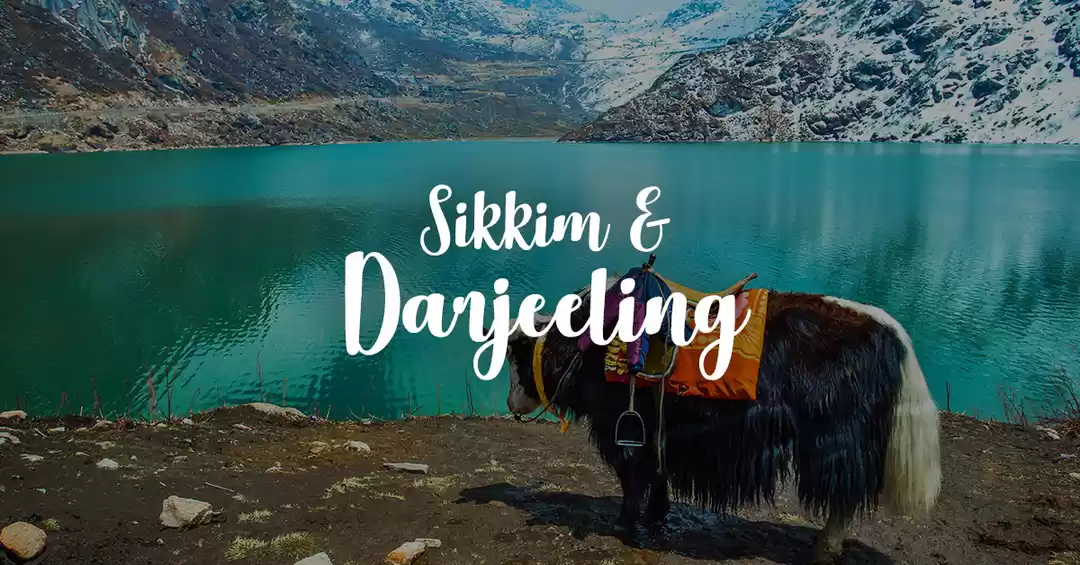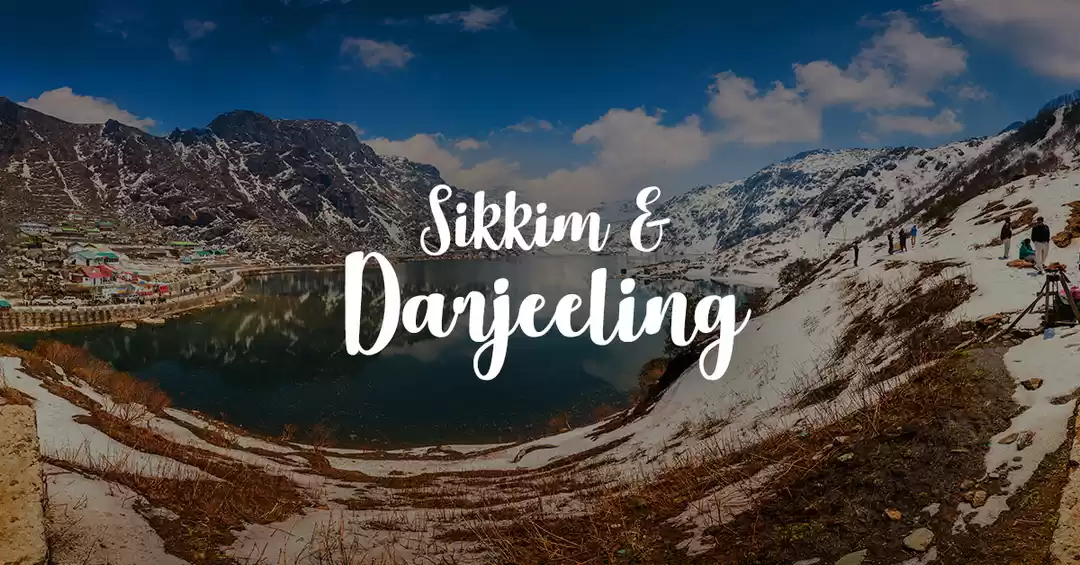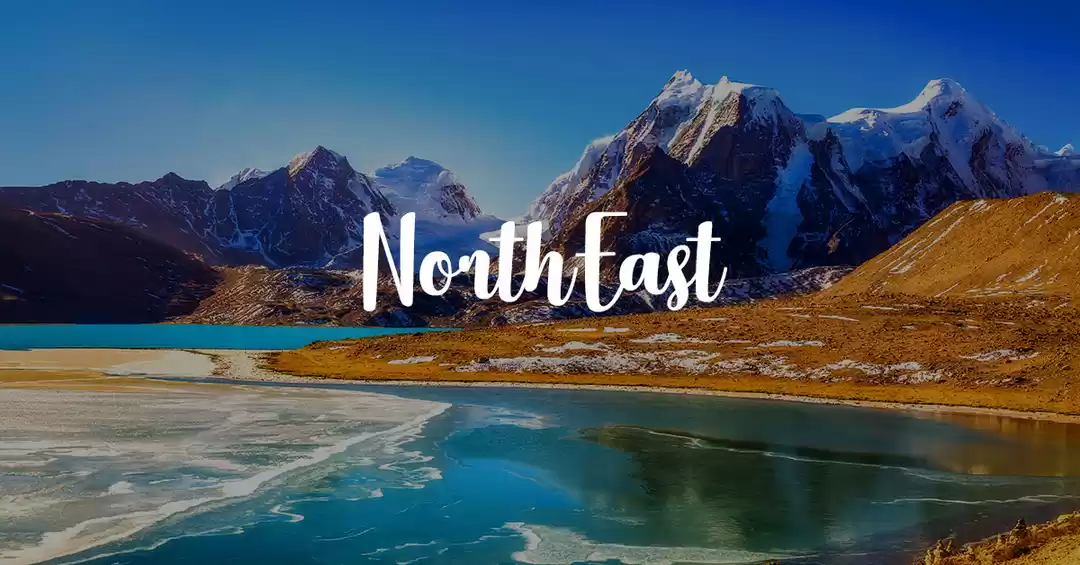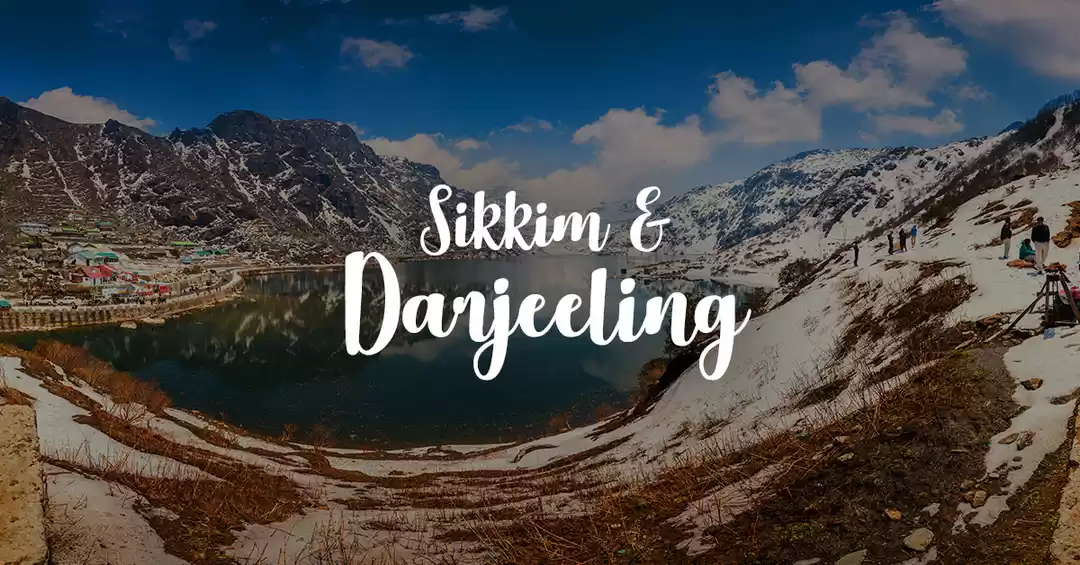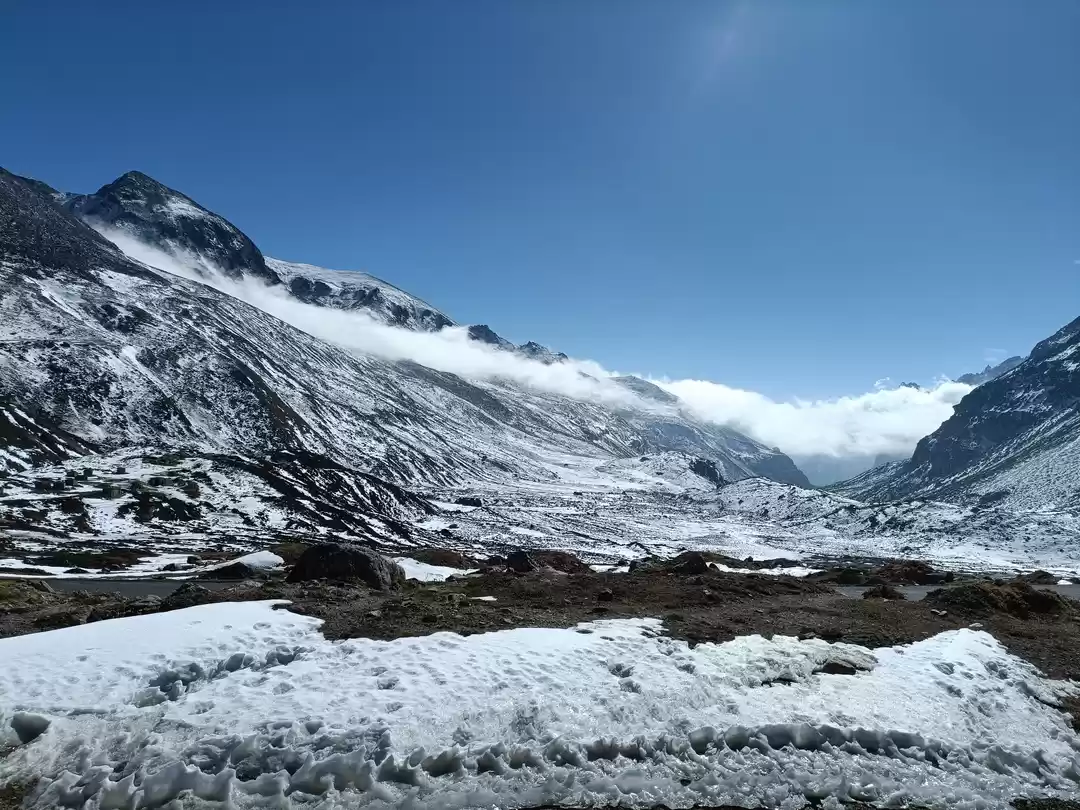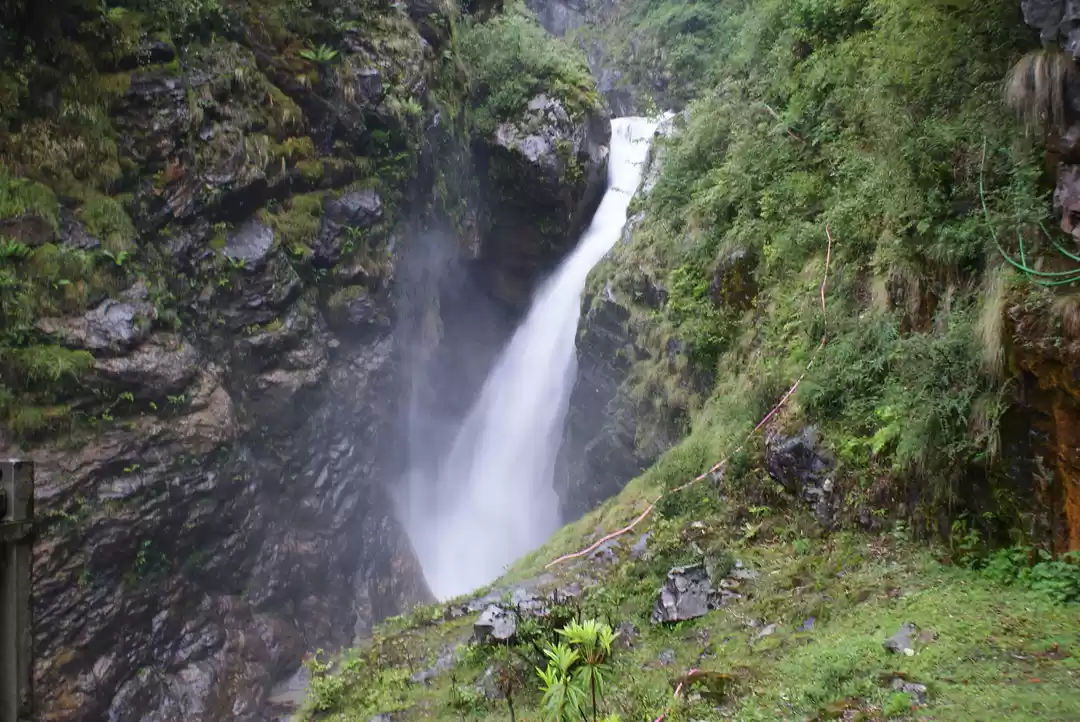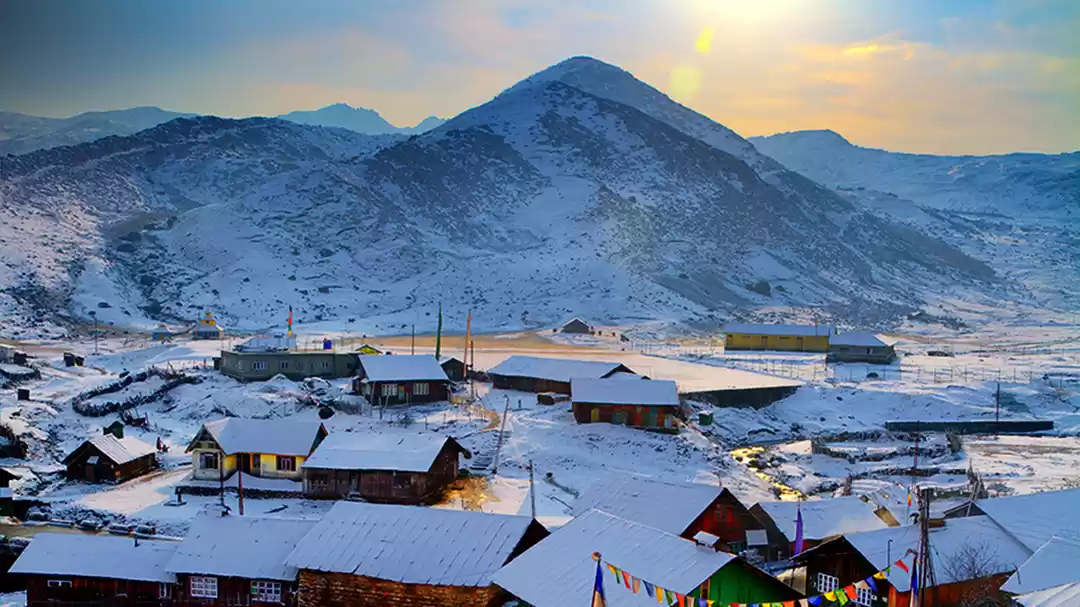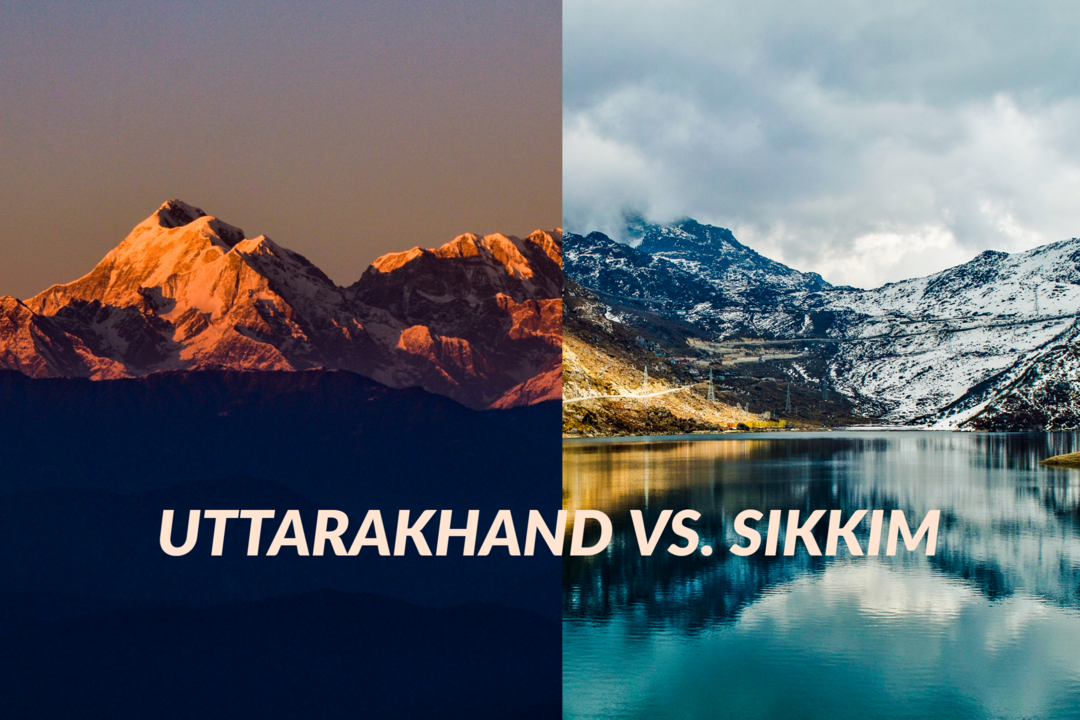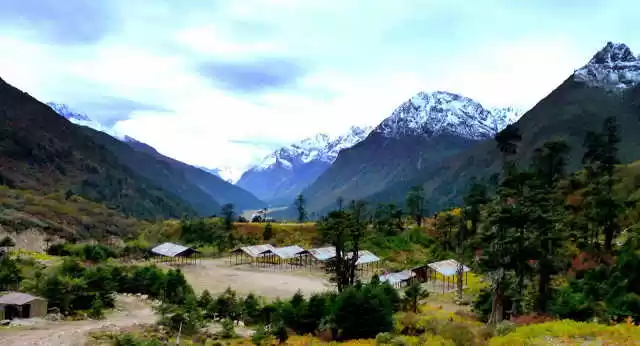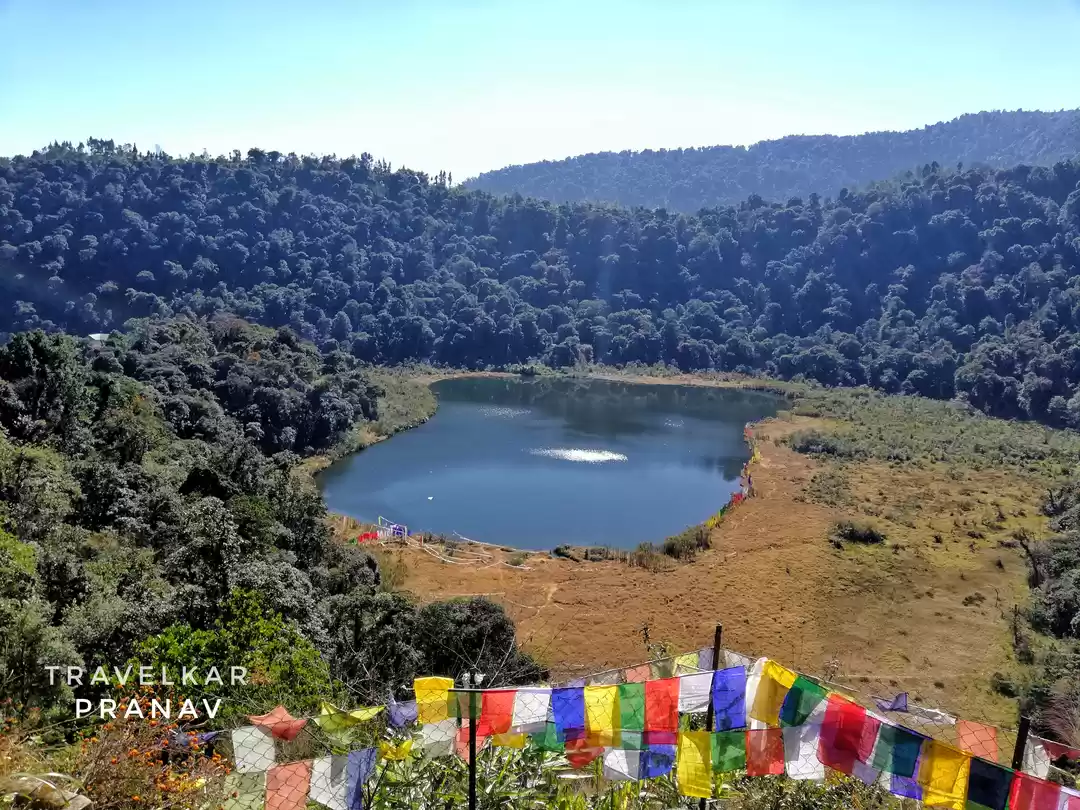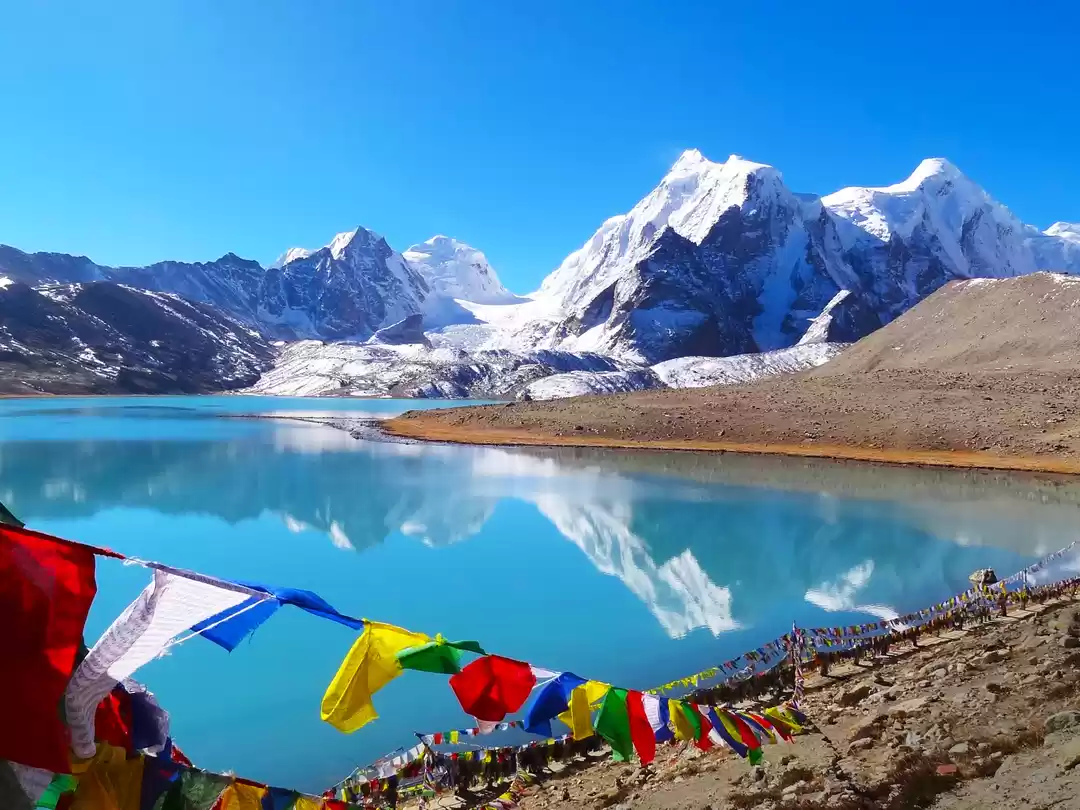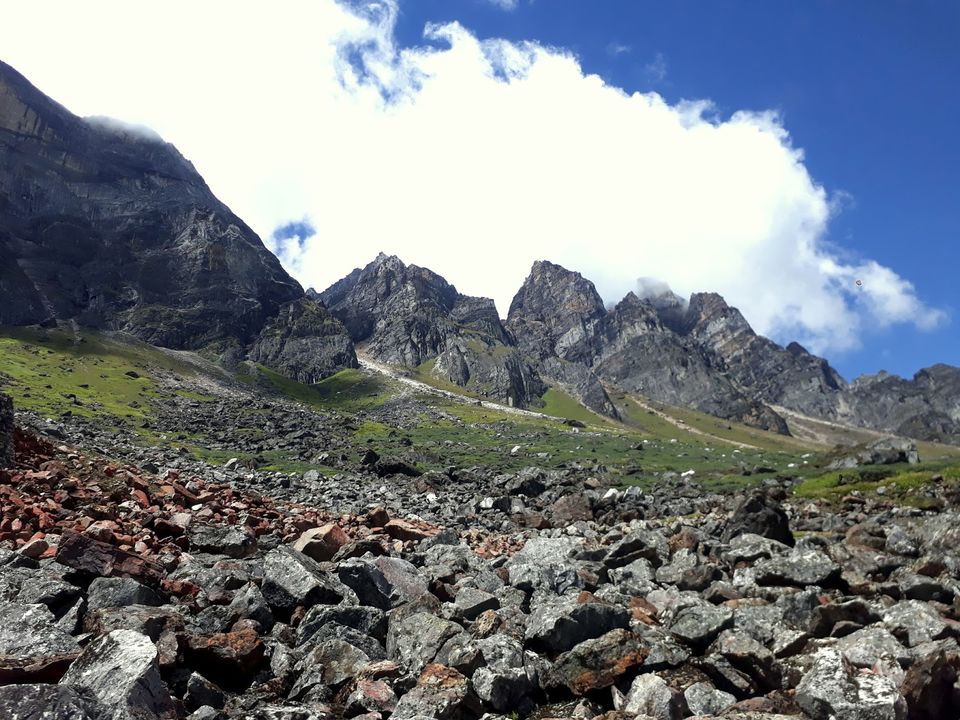
In September 2017, I went road tripping through the Himalayas in North Sikkim with a group of perfect strangers. I'd signed up for the experience with relatively high hopes, given all the research I had done on Sikkim. But little did I know I would end up discovering the stairway to heaven!
I stood on top of the world
The sky above my head was an infinite blanket of the softest blue. White cotton-candy clouds hung low over grey-blue cliffs. A cow grazed nearby while its little one suckled up to it. A stream of sparkling clear water flowed in the distance, reflecting the blue of the sky. And I stood there, transfixed. I was at the centre of the most exquisite landscape I'd ever seen. To think of all those stories about the beauty of the Swiss Alps and the English countryside and the Himachali villages that pop culture has fed us for so long! I couldn't help but wonder - why did no one ever talk about THIS PLACE? Was it even real, what I stood before, or was I in a dream?

I was on top of the world. Or so I felt, until a sudden shaking under my feet jerked me back to reality and I remembered where I was really perched - atop the luggage carrier of a Tata Sumo Victa. My hands were outstretched and my eyes darted in every direction. The closest I'd ever come to this kind of awe was back in 1998, when I was a little girl of 7 and had just seen an escalator for the first time. My jaw probably hung loose for a little while on both occasions.
There was pristine beauty all around us, and my fellow travellers didn't waste a moment in whipping out their cameras and taking selfies that I knew were going on social media as soon as we had network reception and landscape shots that would adorn their desktops for months to come. An army truck was stranded ahead of us on the bend in the road, thus blocking the road. So we had stopped behind them to stretch out our legs and take in the surroundings.
A day and a half into the trip, and the song 'Bandook Meri Laila' had already become our trip anthem. So, there we were, in the middle of the road, taking pictures and chatting and giggling away in our little groups, when one of played that song out loud on the speaker. And all of a sudden, right there on top of our cars, all 14 of us broke out into a happy jig.

Several decades from now, I'll be found telling my grandchildren about the most thrilling dance I ever did, with a bunch of crazy strangers, on a winding Himalayan road in the middle of nowhere at the age of 26. I hope they will be awed, because I sure was.
Sikkim's Valley of Flowers: Gorgeous even in the Fall
I had read enough travel blogs to know the best time to visit Yumthang Valley is in the spring, when the valley is flush with beautiful blooms of rhododendron, the State Flower. But for me, the real experience of a place lies not in visiting with the rest of the populous crowds but in those months when nobody else visits. And, believe me, the journey uphill through the valley was an absolute treat even in the Fall. We stayed in a homestay in Lachung, and drove up in the morning over winding roads and past gurgling streams, grassy rocks, exquisite landscapes, and grazing yaks. Not a single human was in sight for miles and miles. We eventually halted at Zero Point - a plain area by the side of a small stream at a height of over 15000 feet. The sun was up in the sky and the water was freezing. We balanced ourselves on a small wooden bridge across the water, and the daring ones out of us dipped their feet in, some even with shoes (not a good idea, in hindsight).
Yumthang Valley is home to the Shingba Rhododendron Sanctuary, which houses over 24 species of rhododendrons - Sikkim's gorgeous state flower. The flowers bloom during spring and summer, so we unfortunately couldn't witness the spectacle I've heard it usually is. But that's enough incentive to get me back to Sikkim for a third time!
Why travel during off-season?
We started downhill in the late afternoon so that we could reach our rooms before sunset, since it gets dark pretty quickly at higher altitudes. (And also, a cosy bonfire was planned for the night.) We stopped at a roadside joint on the way to fill our bellies with chai, wai-wai, bread and freshly-whipped omelettes. That little tin-roofed joint was the only one we could find in the area, thanks to our 'ill-timed' visit. None of us minded though, because visiting during the off-season meant we had the entire place to ourselves, without crowds throwing around garbage, photo-bombing our shots, and conjuring up what would only look and sound like a fish market.
After this experience, I can not emphasise enough: off season is the best time to discover the pulse of a place without any interference or distractions. I've been in Sikkim during both peak and off seasons, so take my word for it. The locals spend their time farming and relaxing during the off season, when there are very few tourists and almost no commerce to be done in the countryside. They subsist during these months on their savings from tourist season. I wish this travelogue, as also other travellers' stories, encourages more people to visit Sikkim (and all hill areas) during the off-season. It has the two-pronged benefit of helping the local populace during hard times as well as exposing the lucky travellers to a whole new level of beauty, serenity, and charm.


On the last night of the trip, our group went out for dinner and we sat discussing our favourite moments from the trip. Needless to say, mine was the rooftop dance at 14000 feet above sea level. It was nothing less than a personal epiphany.
So listen up, you, who are reading this right now - I know you love to travel. I hope one day you will visit Sikkim. You will find your epiphany, I promise.










